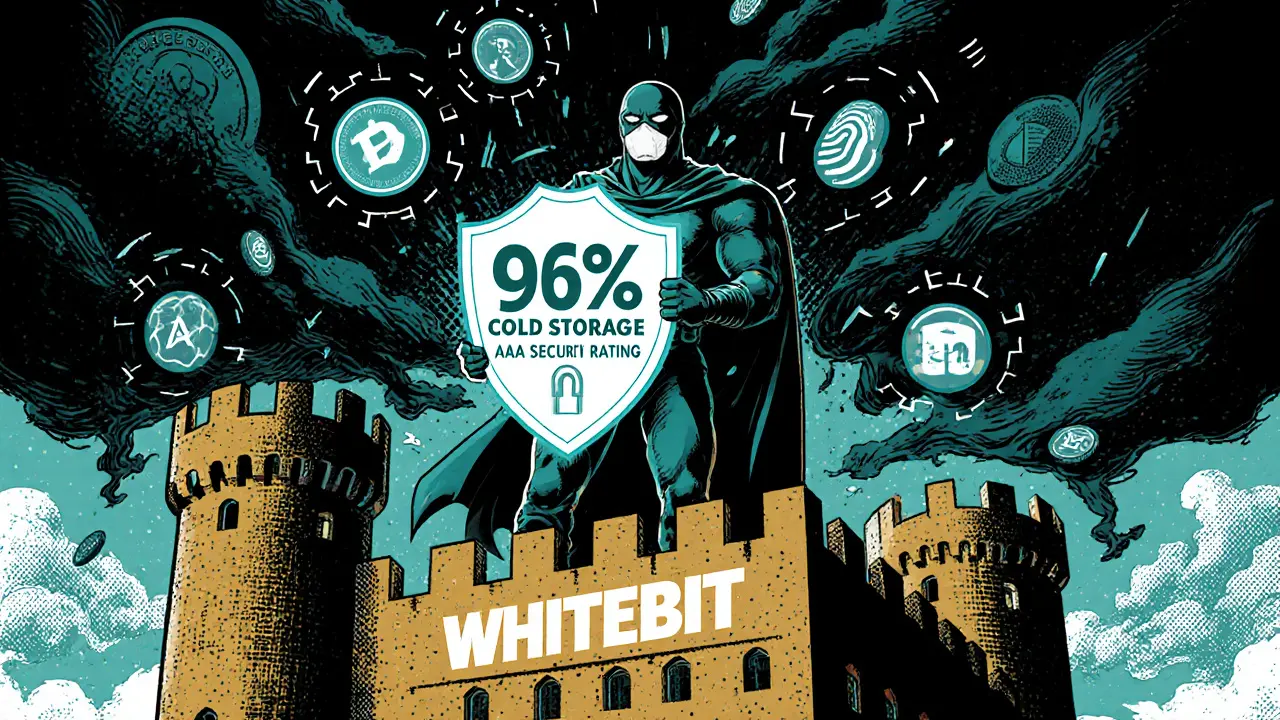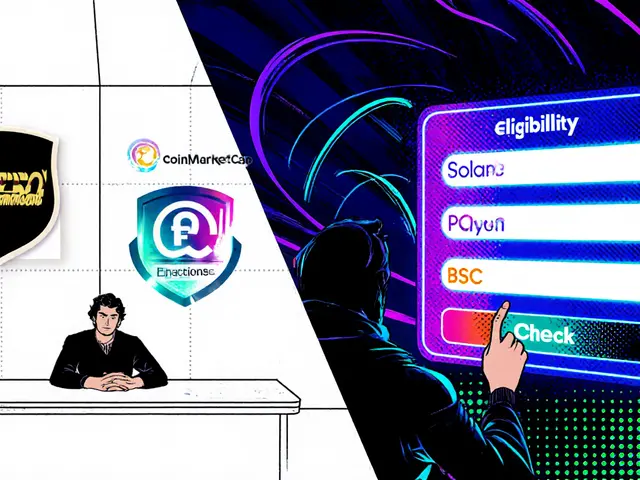WhiteBIT Exchange: What It Is, How It Works, and What You Need to Know
When you trade cryptocurrency on a platform like WhiteBIT exchange, a global cryptocurrency trading platform offering spot, futures, and staking services with support for over 500 tokens. Also known as WhiteBIT, it serves traders from over 150 countries with low fees, fast withdrawals, and a simple interface designed for both new and experienced users. Unlike some exchanges that focus only on Bitcoin and Ethereum, WhiteBIT supports niche tokens, DeFi assets, and even crypto derivatives—making it a go-to for users who want more than just basic trading.
What makes WhiteBIT different isn’t just the number of coins—it’s how it handles security and liquidity. The platform uses cold storage for most funds, has a track record of no major hacks, and partners with third-party auditors to verify reserves. It also integrates directly with popular crypto wallet, a digital tool for storing, sending, and receiving cryptocurrencies using public and private keys. Also known as crypto wallet, it allows users to deposit and withdraw funds without needing to move assets to another service. That means less time waiting for transfers and fewer steps between buying and trading. For users who want to earn passive income, WhiteBIT offers staking for Proof-of-Stake coins like Ethereum, Polkadot, and Solana, with yields that often beat traditional savings accounts.
But it’s not all smooth sailing. Some users report delays during high-volume periods, and customer support can be slow to respond to complex issues. Unlike regulated exchanges in the U.S., WhiteBIT isn’t licensed by the SEC or FINRA, so you’re relying on their internal policies—not government oversight—for protection. That’s why many traders use it as a secondary platform, keeping only what they’re actively trading there and storing the rest in a personal wallet. It’s also worth noting that WhiteBIT doesn’t offer fiat on-ramps for all countries, so if you’re in a region without direct bank links, you’ll need to buy crypto elsewhere first.
Behind the scenes, WhiteBIT supports advanced trading tools like margin trading, stop-loss orders, and futures contracts with up to 100x leverage. These features attract more technical traders, but they also come with serious risk—especially if you’re new. The platform doesn’t hold your hand, and there’s no educational hub like you’d find on Coinbase or Binance. You’re expected to know what you’re doing. That’s why you’ll find posts here covering everything from how to avoid liquidation on futures to whether WhiteBIT’s withdrawal fees are fair compared to other exchanges.
You’ll also see discussions about how WhiteBIT fits into broader trends—like when Kazakhstan cracked down on mining, or how users reacted to sudden token delistings. Some posts compare it to other exchanges like MaskEX or Bybit, pointing out where WhiteBIT wins on speed and where it falls short on transparency. There’s no fluff here—just real user experiences, fee breakdowns, and what actually happens when you try to cash out after a big gain.
Whether you’re looking to trade altcoins, stake your holdings, or just understand how a non-U.S. exchange operates, the articles below give you the facts—no hype, no promises, just what you need to know before you click trade.






